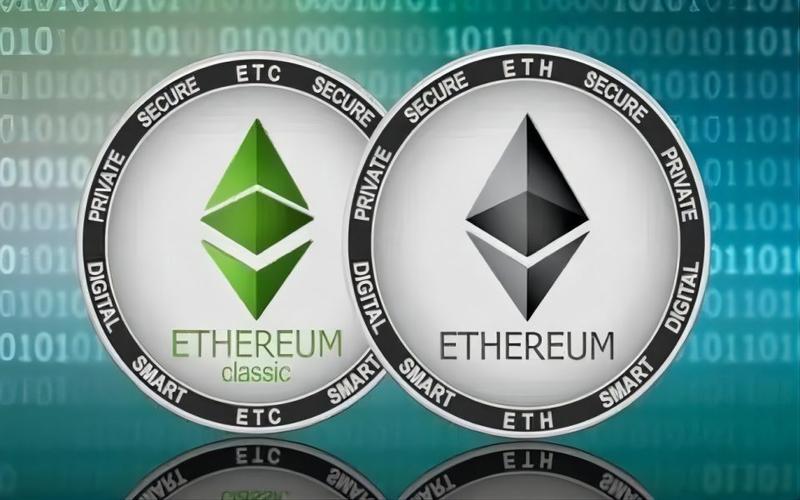
Understanding ETH: A Comprehensive Guide
ETH, short for Ethereum, is a blockchain platform that has revolutionized the way we think about digital currencies and decentralized applications. In this detailed guide, we will explore the various aspects of ETH, from its foundational principles to its practical applications.
What is Ethereum (ETH)?
Ethereum is a decentralized platform that runs smart contracts: applications that run exactly as programmed without any possibility of downtime, censorship, fraud, or third-party interference. The platform is maintained by a network of nodes that execute these contracts, and the currency used to pay for transaction fees is called Ether (ETH).
History and Development
Ethereum was proposed by Vitalik Buterin in 2013 and launched in 2015. Since then, it has grown to become one of the largest and most influential blockchain platforms in the world. Ethereum has undergone several major upgrades, including the Ethereum 2.0 upgrade, which aims to improve scalability, security, and sustainability.
Smart Contracts
One of the key features of Ethereum is its ability to run smart contracts. These are self-executing contracts with the terms of the agreement directly written into lines of code. They run on the blockchain without the need for intermediaries, making them secure, transparent, and efficient.
ETH as a Currency
ETH is the native cryptocurrency of the Ethereum network. It is used to pay for transaction fees on the network, as well as to participate in governance decisions. The supply of ETH is capped at 18 million coins, making it a deflationary asset.
Ethereum 2.0
Ethereum 2.0 is a major upgrade to the Ethereum network that aims to address some of its scalability issues. The upgrade includes the transition to a proof-of-stake consensus mechanism, which is more energy-efficient than the current proof-of-work mechanism. It also introduces sharding, which will allow the network to process more transactions per second.

Applications of Ethereum
Ethereum is not just a cryptocurrency; it is a platform for building decentralized applications (DApps). These applications can range from simple games to complex financial services. Some of the most popular DApps built on Ethereum include Uniswap, a decentralized exchange, and Decentraland, a virtual reality platform.
ETH vs. BTC
While Bitcoin (BTC) is often considered the first and most well-known cryptocurrency, ETH has its own unique features that set it apart. BTC is primarily a digital gold, while ETH is a platform for building decentralized applications. ETH also has a more flexible and scalable architecture than BTC.
ETH and the Environment
One of the criticisms of Bitcoin is its energy consumption, which is largely due to the proof-of-work consensus mechanism. Ethereum 2.0 aims to address this issue by transitioning to a proof-of-stake mechanism, which is much more energy-efficient. This makes ETH a more environmentally friendly option compared to BTC.
ETH and the Future
The future of ETH looks promising. With its robust platform, growing ecosystem, and increasing adoption, ETH is well-positioned to continue its growth trajectory. As more businesses and individuals adopt Ethereum-based solutions, the demand for ETH is likely to increase, driving its value higher.
Table: Comparison of ETH and BTC
| Feature | Ethereum (ETH) | Bitcoin (BTC) |
|---|---|---|
| Consensus Mechanism | Proof-of-Stake | Proof-of-Work |
| Scalability | Sharding | Limited |
| Application Platform | Yes | No |
| Environmental Impact | Reduced | High |
ETH is a powerful and versatile platform that has the potential to transform various industries. As you delve deeper into the world of ETH, you’ll discover its many applications and the exciting possibilities it presents.



